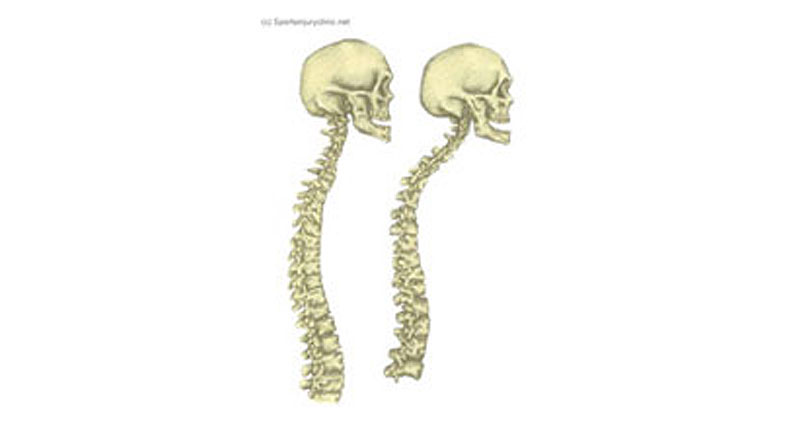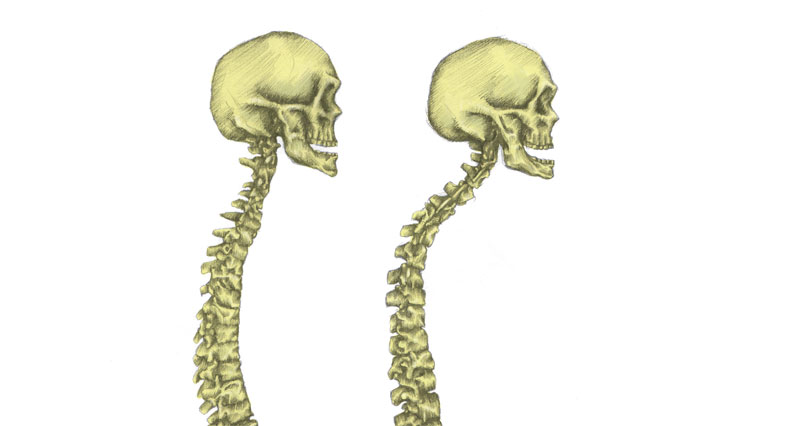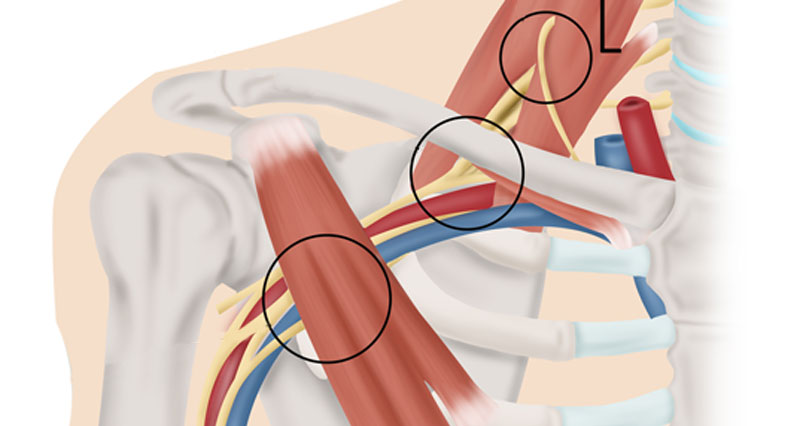Whiplash or acceleration/deceleration injury is a neck injury, caused by a rapid forward and backward motion of the head. It occurs most commonly from a car accident, although is also happens in contact sports.
Whiplash symptoms
The patient will feel stiffness and pain in the neck which may not come on immediately at the time of injury but develop over the following 24 to 48 hours. They will likely have a significantly reduced range of movement in the cervical spine (neck) with headaches, dizziness and blurred vision (this should go within 24 hours if they persist consult your doctor). The pain and stiffness can last for just a few days to a few weeks depending on severity.
Watch out for the following:
- Severe pain in the back of the head
- Pins and needles or numbness in the shoulders or arms
- Memory loss
- Unconsciousness
All of these symptoms could indicate a more serious injury or concussion. If any of these symptoms are present you should return to the Doctor or hospital.
What is whiplash?
Whiplash is basically a neck muscle strain and/or ligament sprain within the neck. The most commonly injured muscles are the Sternocleidomastoid, Levator scapulae, and Longus Colli. In more severe cases of whiplash, there can also be nerve damage and fractures of various processes of the cervical vertebrae
Treatment
If the injury is severe, visit your Doctor or local hospital. They will fully assess your neck fractures or nerve damage. Never ignore neural symptoms such as pins and needles or numbness.
In the early stages of the injury, apply the principles of P.R.I.C.E to reduce inflammation in the area and to reduce pain. This includes possibly using a collar for a short period of a day or two, relative rest (some minimal movement, not NO movement) and cold therapy.
Your doctor may advise a neck collar for a couple of days. However, movement exercises under control improve the overall outcome and decrease recovery time.
Cold therapy
Apply cold therapy for 10 minutes every hour for 48 hours initially. This helps stop any bleeding in the muscles, relieve pain and inflammation. Do not apply ice directly to the skin as it can cause ice burns but use a wet towel or better still a commercially available ice pack.
Medication
Your Doctor may choose to prescribe painkillers or anti-inflammatories, such as ibuprofen or diclofenac sodium (voltarol). These will reduce pain in the area and hopefully encourage the muscles to relax which will allow for more movement and therefore better recovery.
Supports and Braces
Use a neck brace or collar for the first 24 to 48 hours to reduce pain and allow the muscles to relax. However limit use to the early stages only.
Exercises for whiplash
The main aim of treatment for whiplash is to slowly get the neck moving without making the pain worse. Keeping your neck still after the first 24 hours is more likely to cause a stiff, painful neck in the long term.
Perform gentle neck mobility exercises as soon as the pain settles. This encourages normal movement and restores normal function of the neck muscles and ligaments.
Try to gently move your neck in all directions as soon as you are able to, and repeat this every 2 – 3 hours. Each time, aim to move the neck further to increase its’ overall range of movement. Make sure exercises are always pain-free.
Mobility
Pull your head horizontally backward and tuck your chin in. This movement is retraction.
Flexing the upper part of the neck by holding the neck straight and trying to pull your chin to your chest without flexing the neck. This exercise is used to strengthen the deep muscles of the neck and can also be performed in lying to fully relax the neck
Gently pull your shoulder blades back towards each other and gently downwards to strengthen the muscles in the upper back to improve posture and take some of the strain off the neck region.
Finally, make sure you use pillows at night to fully support the neck and to allow the muscles to relax overnight. Sleep can sometimes be affected by whiplash which is why it is very important to ensure that you use the correct number of pillows and ensure they are comfortable but not too soft. A guide to correct pillow height and position is to lie on your side and ask someone to see whether your neck is horizontal.
Massage
Once the acute inflammatory phase (minimum 72 hours) has passed, massage may help to reduce possible muscle spasm in the area and restore normal function to the neck.
Manipulation
An alternative to seeing a therapist is to consult an osteopath or chiropractor who will also carry out a full assessment of the neck and shoulders and may choose to manipulate the joints of the neck and back to reduce stiffness and pain in the area. may be advised to see an osteopath or a chiropractor to assess the neck




